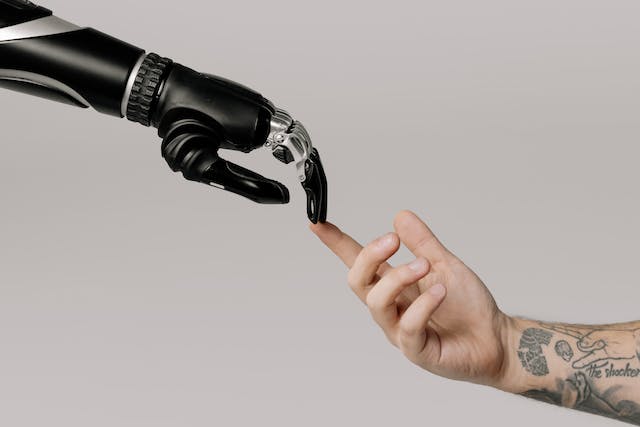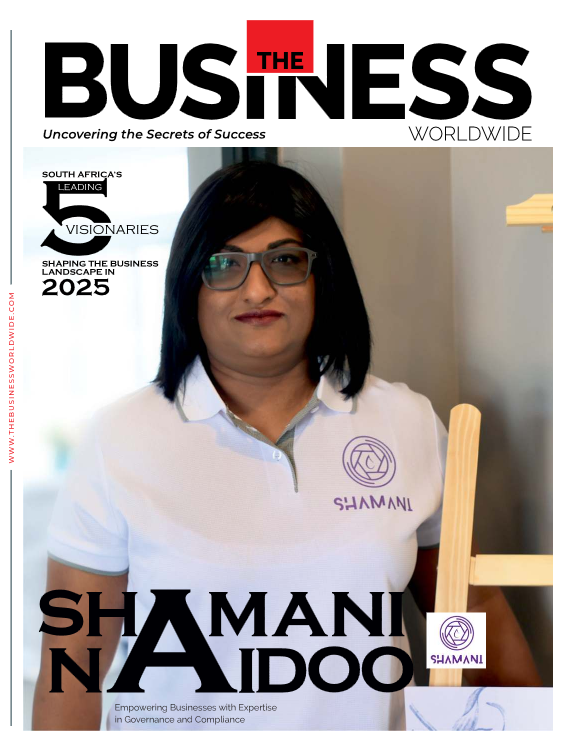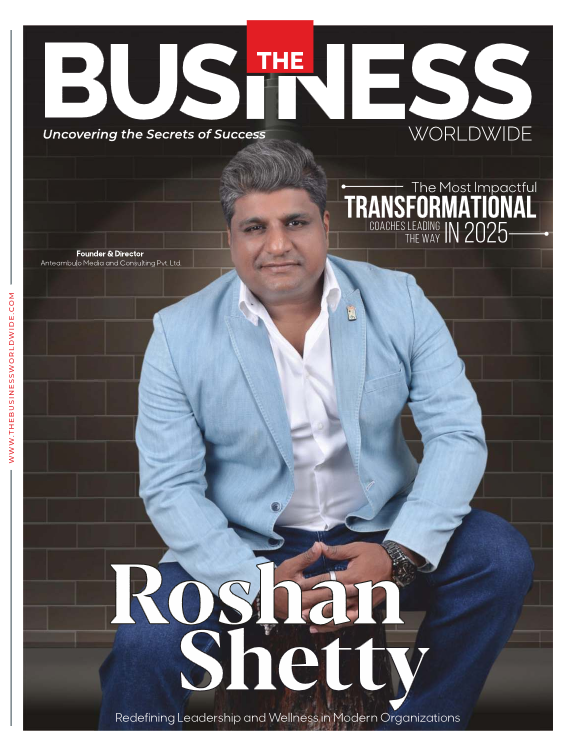The pandemic’s disruptions have only exacerbated many social, economic, and cultural fault lines, and so, learning recovery programs must focus on quality and equity at both the individual and systems level.
As our education systems move from scrambling to adapt to school closures and distance learning towards something approaching normality, many are asking questions about how to recover what was lost. How have children been impacted by this unprecedented gap in their learning? Will there be long-term effects? Will they suffer socially and emotionally from the “COVID slide”? And what can be done to make up for lost ground? While these concerns are valid—and vast amounts of federal funding have been allocated to the effort—gaps in academic outcomes are nothing new for many of our children. Children of color, from underserved communities, and those who face learning challenges, have always been subject to a persistent gap in reading outcomes relative to white and more affluent peers, a systemic failure that contributes to our country’s dismal reading proficiency record: In 2019, only 40 percent of all American fourth-graders and eighth-graders were proficient in reading, but 45 percent of white students are proficient compared to just 18 percent of Black students and 23 percent of Hispanic students. And unless learning recovery programs focus on quality and equity at both the individual student and systems level, they run the risk of exacerbating these kinds of education opportunity gap, as well as adding to the disparity in access to quality schools and the resources that all children need to be successful. Obstacles to learning can be genetic or biological in origin—as with neurologically based learning disabilities like dyslexia, dysgraphia, and ADHD—but they can also be environmental. Children, particularly students of color, who attend poor-quality schools in low-income areas; students who are English learners; students who have experienced trauma; or students who live at the intersection of one or more of these categories can confront significant learning challenges that will limit their potential if not addressed. Opportunity gaps often lead to disparate outcomes, which are too often dismissed as failures of achievement. Education nonprofits can play a significant role in our nation’s efforts to meaningfully support underserved students, supporting teachers with reading instruction approaches proven to be more effective for most children in the classroom. Lee Pesky Learning Center (LPLC) in Boise, Idaho, offers an example of how a small nonprofit has been able to make a measurable and sustainable difference in reading outcomes, with an impact far beyond its footprint. For example, when schools moved to online teaching in 2020, it was clear that young learners who were already struggling would be the most negatively impacted. For underserved Latinx students, many of whom are English learners, learning to read was already a challenge, and this would only be exacerbated by remote instruction. So, in June 2020, we started our newest program, Pathways to Literacy, to address this critical need in our community, targeting first-grade students of the Latinx community at no cost to their families. To provide one-on-one tutoring in foundational reading skills to students, we recruited Spanish-speaking tutors who were able to communicate with students’ families to coordinate the program, and who—though they taught in English—could use Spanish as needed to support students’ vocabulary and comprehension development. We also provided families with early literacy materials in Spanish, giving families the opportunity to support their children’s literacy development in Spanish, as research shows that developing literacy in one’s native language makes literacy development in a second language (like English) an easier process. The Pathways program is based on the principles of a broader initiative spearheaded by LPLC in 2008 to provide training and coaching to early elementary teachers, the Idaho Early Literacy Program (IELP). For more than 10 years, we have worked with preschool through third grade teachers across the state to improve early reading instruction and students’ reading outcomes. When schools first closed in March 2020, the training team at LPLC quickly pivoted from our in-person coaching model to focus on supporting teachers who suddenly had to figure out how to teach online: Our training team created and shared countless online teaching materials and tips accompanied by short videos that modeled practices. The results of these two programs—one focusing on building teacher capacity to support all students, the other providing direct services to a targeted population—have been far-reaching. LPLC’s program evaluations for the Idaho Early Literacy Program consistently show that the school districts that participate in the project see greater gains from fall to spring in the percentage of students able to read at grade level: One district went from 46 percent of students meeting reading benchmarks as measured by the Idaho Reading Indicator in September to 79 percent in May (compared to the state average, which only increased from 52 percent to 69 percent during that same school year). Students in the Pathways to Literacy program also made impressive gains. Moreover, the program created a system through which we could better meet the needs of individual children. For example, one student in our 2020 program, “Maria,” was not making adequate progress, and the LPLC team was able to refer her to a clinical psychologist who was able to determine that she had an underlying information processing challenge that impacted her learning. With generous financial assistance, we were then able to provide even more intensive reading intervention to Maria at no cost to her family. It can be particularly difficult to discern when an English learner is also struggling with a potential learning disability, but relying on evidence-based instruction and assessment practices allowed us to serve students better. (The school system was unable to pick up on this student’s needs while they were operating remotely.) These programs have been successful for specific reasons: They complement each other to address the larger education ecosystem. The Pathways to Literacy program provides 1:1 student services, but in school districts where many students are struggling, the current need cannot be met through 1:1 or even small group tutoring programs. That’s where the Idaho Early Literacy Program comes in: Building teachers’ capacity to provide reading instruction that is consistent with the science of reading means that more students will benefit from high-quality, classroom instruction. If the majority of students are able to meet grade-level targets through high-quality classroom instruction, then more intensive programs, like Pathways to Literacy, can be reserved for students who need short-term, additional support.
They are grounded in the science of learning and development. All of the programs LPLC provides are grounded in research-based practices, translating “what works” into practical, easy-to-implement approaches that teachers can directly use in their classroom. Additionally, the center invests in research on its programs, conducting extensive formative (e.g. are programs being delivered as intended?) and summative (e.g. what are the effects on important teacher and student outcomes?) evaluations. We use our research data to engage in the virtuous cycle of continuous improvement. In this way, LPLC views itself not only as an institution of learning (one that is in the business of helping children learn), but also as a “learning institution,” because its staff and team members must be willing to adjust their views, approaches, and methodologies as they learn new facts and information. Through self-reflection and change, we find new ways to make things better. And we believe there is no more powerful model for children than to work with teachers, specialists, and other adults who see themselves as learners too.
They leverage partnerships with schools and other community organizations. As a private nonprofit, LPLC has always taken the time to build relationships with schools and state agencies and is eager to share its experience and expertise. As Richard Osguthorpe, the former dean of Boise State’s College of Education mentioned in an interview for our book, More to Life than More, “LPLC has created a great environment for improving education without trying to tear anybody else down.” The IELP embodies this “we’re all in this together” ethos and is founded on a broad-based, multi-level collaboration that includes Idaho’s State Department of Education, teachers, and administrators from seven school districts, hundreds of individual donors, and one of the largest private foundations in the country. Pathways to Literacy Program also relies for its success on partnerships—with the Wood River YMCA’s Summer Bridge camp and the Blaine County School District. Co-locating these programs with other offerings allowed us to remove transportation as a potential barrier to participation in our reading program. As a result, we were able to work with students while they were attending the Y program, and the school district provided us a quiet space in which we could focus on reading.
After a year and a half of the pandemic, the urgency of learning recovery efforts is felt throughout the broader educational community and is a matter of national concern. However, it is our belief that supplemental programs that do not rely on evidence-based practices, that do not involve buy-in from stakeholders or strategic partnerships, and that do not seek to address the opportunity gap, run the risk of creating inequitable learning recovery.
For example, technology-based efforts are arguably the easiest to scale, but asynchronous, online learning is often the least conducive delivery mode for students with learning challenges. Children who are already well-resourced and least in need of the additional services will be the most likely to take advantage of them. It is also important to underscore that supplemental programs are a temporary fix. They cannot meaningfully address long-standing opportunity gaps, which require systems change. Our IELP program reflects one aspect of systems change—building teacher capacity to better meet the needs of all students—but more will be needed, including diversifying the teaching force and resourcing schools more equitably.







